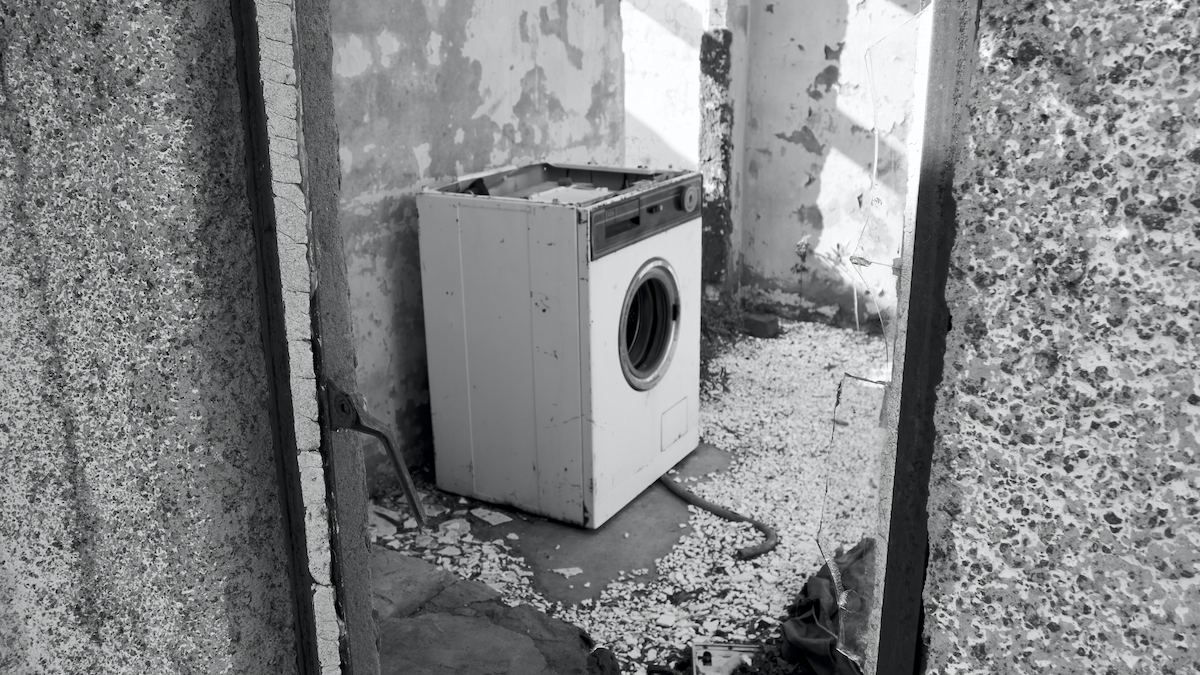
The Debate on Planned Obsolescence: Are Modern Appliances Designed to Fail?
The term “planned obsolescence” often surfaces when discussing the durability and lifespan of modern appliances. Many consumers believe that manufacturers intentionally design appliances with a limited lifespan, compelling them to replace their devices more frequently. This article delves into the concept of planned obsolescence, exploring the various factors that contribute to the perception that modern appliances aren’t built to last as long as their predecessors.
Understanding Planned Obsolescence
Planned obsolescence refers to the deliberate design of products to have a limited useful life, driving consumers to replace them sooner rather than later. This strategy is believed to increase sales and profits for manufacturers, as consumers must continually purchase new products to replace those that have reached the end of their lifespan.
Factors Contributing to the Perception of Planned Obsolescence
While there may be some merit to the idea of planned obsolescence, it’s essential to consider various factors when examining this issue:
1. Technological Advancements
Modern appliances often incorporate more advanced technology, making them more complex than their older counterparts. This increased complexity can lead to a higher chance of component failure or malfunction, which may contribute to the perception that newer appliances don’t last as long.
2. Consumer Preferences and Market Trends
Today’s consumers often prefer appliances that are more energy-efficient, have a sleeker design, and offer advanced features. To meet these demands, manufacturers may use lighter and cheaper materials that may not be as durable as those used in older appliances. This trade-off can result in a shorter lifespan for some appliances.
3. Cost Reduction
In an attempt to remain competitive and offer affordable products, manufacturers might cut corners by using lower-quality components, which can impact the durability and lifespan of the appliances.
4. The Negativity Bias
The perception of appliances not lasting as long might be influenced by the fact that people tend to remember and discuss negative experiences more often than positive ones. There are still many high-quality appliances on the market that are built to last, but these may not be as widely discussed.
Making Informed Decisions as a Consumer
While the debate on planned obsolescence continues, it’s crucial for consumers to make informed decisions when purchasing appliances. Here are some tips to help you find reliable and durable products:
- Research: Thoroughly research different products and brands before making a purchase. Look for reputable manufacturers with a history of producing high-quality, long-lasting appliances.
- Read Reviews: Go through customer reviews and expert opinions to gain insights into the durability and performance of various appliances.
- Consider Build Quality: Evaluate the appliance’s overall build quality, including the materials used and the sturdiness of its construction.
- Warranty: Check the warranty offered by the manufacturer, as it can serve as an indicator of the company’s confidence in their product’s durability.
Conclusion
In conclusion, while the concept of planned obsolescence has some merit, various factors contribute to the perception that modern appliances don’t last as long as those in the past. By being an informed consumer, you can make wise investments in appliances that not only offer advanced features and energy efficiency but also provide durability and reliability for years to come.